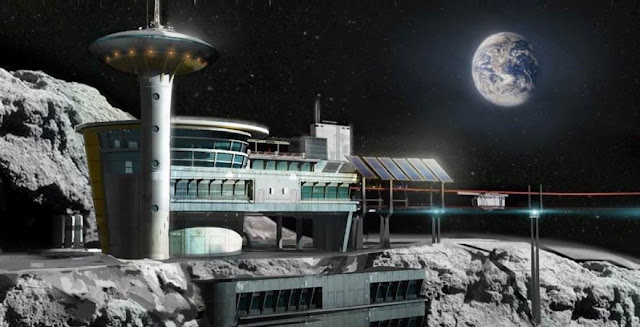A flying car is a type of personal air vehicle or road able aircraft that
provides door-to-door transportation by both ground and air. The term
"flying car" is also sometimes used to include hover cars.A basic flying car requires the person
at the controls to be both a qualified road driver and aircraft pilot. This is
impractical for the majority of people and so wider adoption will require
computer systems to de-skill piloting.
These include aircraft manoeuvring,
navigation and emergency procedures, all in potentially crowded airspace. Fly-by-wire computers
can also make up for many deficiencies in flight dynamics, such as stability. A
practical flying car may need to be a fully autonomous vehicle in which people are present only as passengers.
Many prototypes have been built
since the first years of the twentieth century using a variety of flight
technologies and some have true VTOL performance, but no
flying car has yet reached production status. Flying
cars were planned to enter Russian market in 2018. A practical
flying car must be capable of safe, reliable and environmentally-friendly
operation both on public roads and in the air. For widespread adoption it must
also be able to fly without a qualified pilot at the controls and come at affordable purchase and
running costs.







